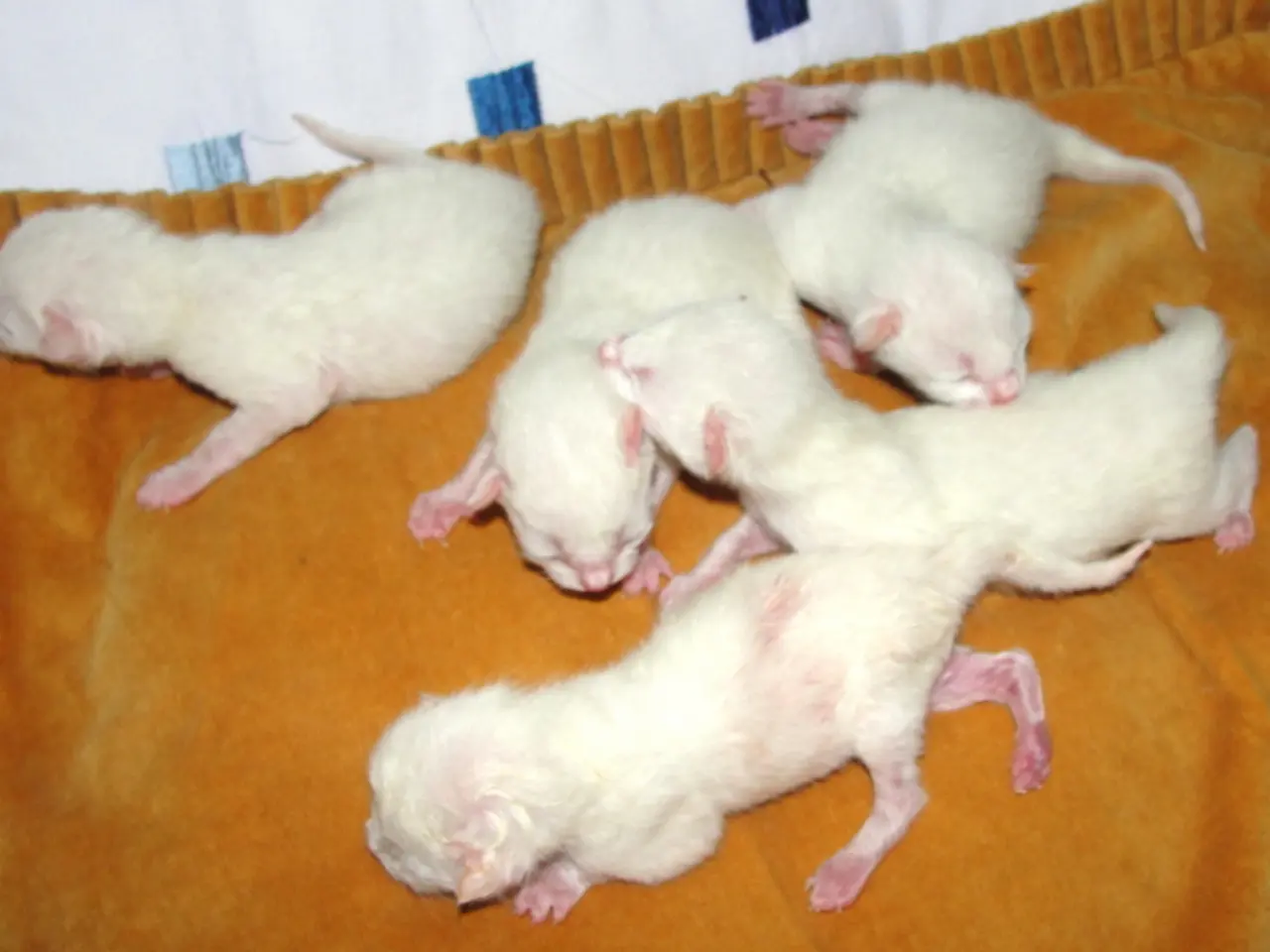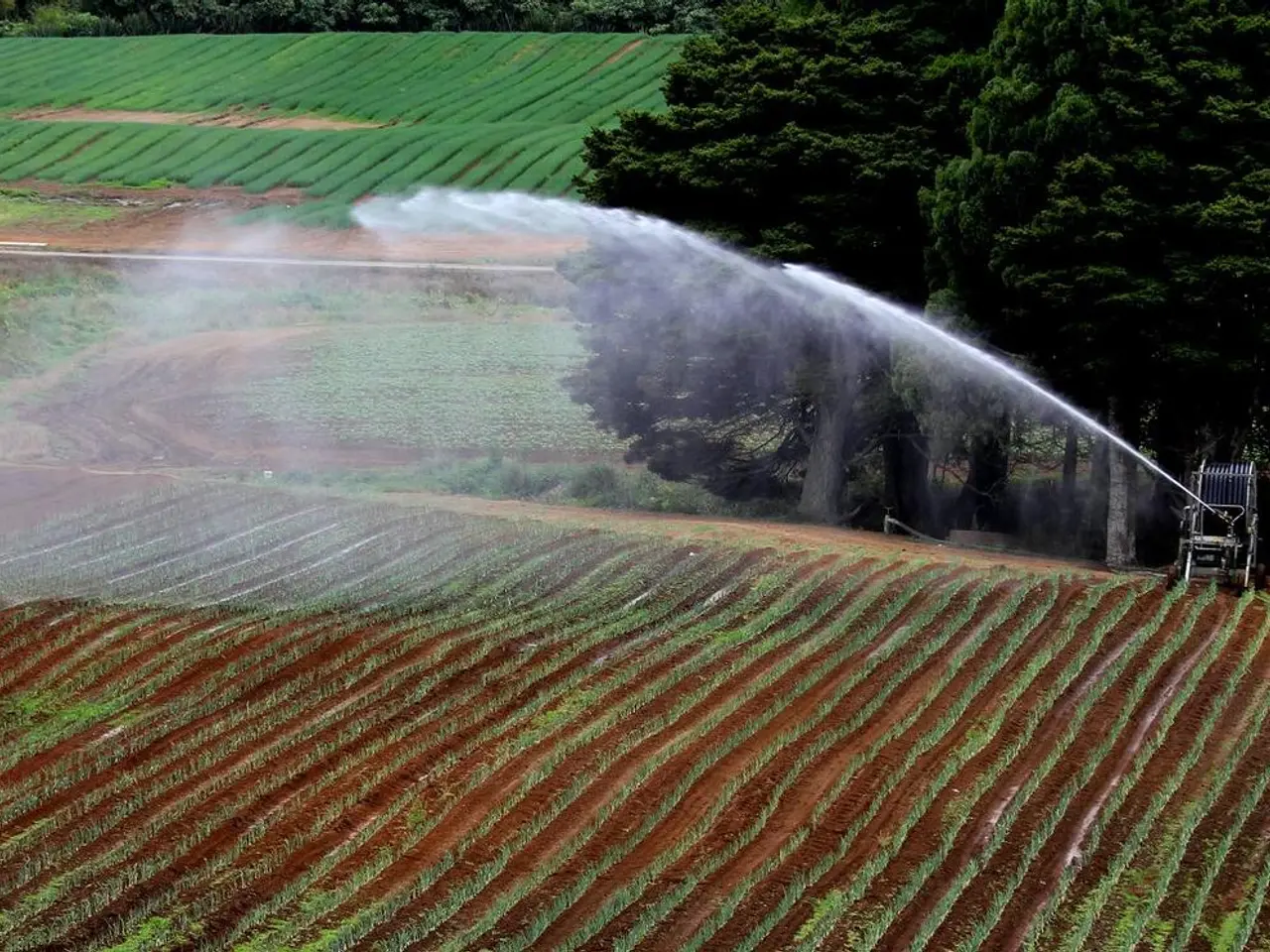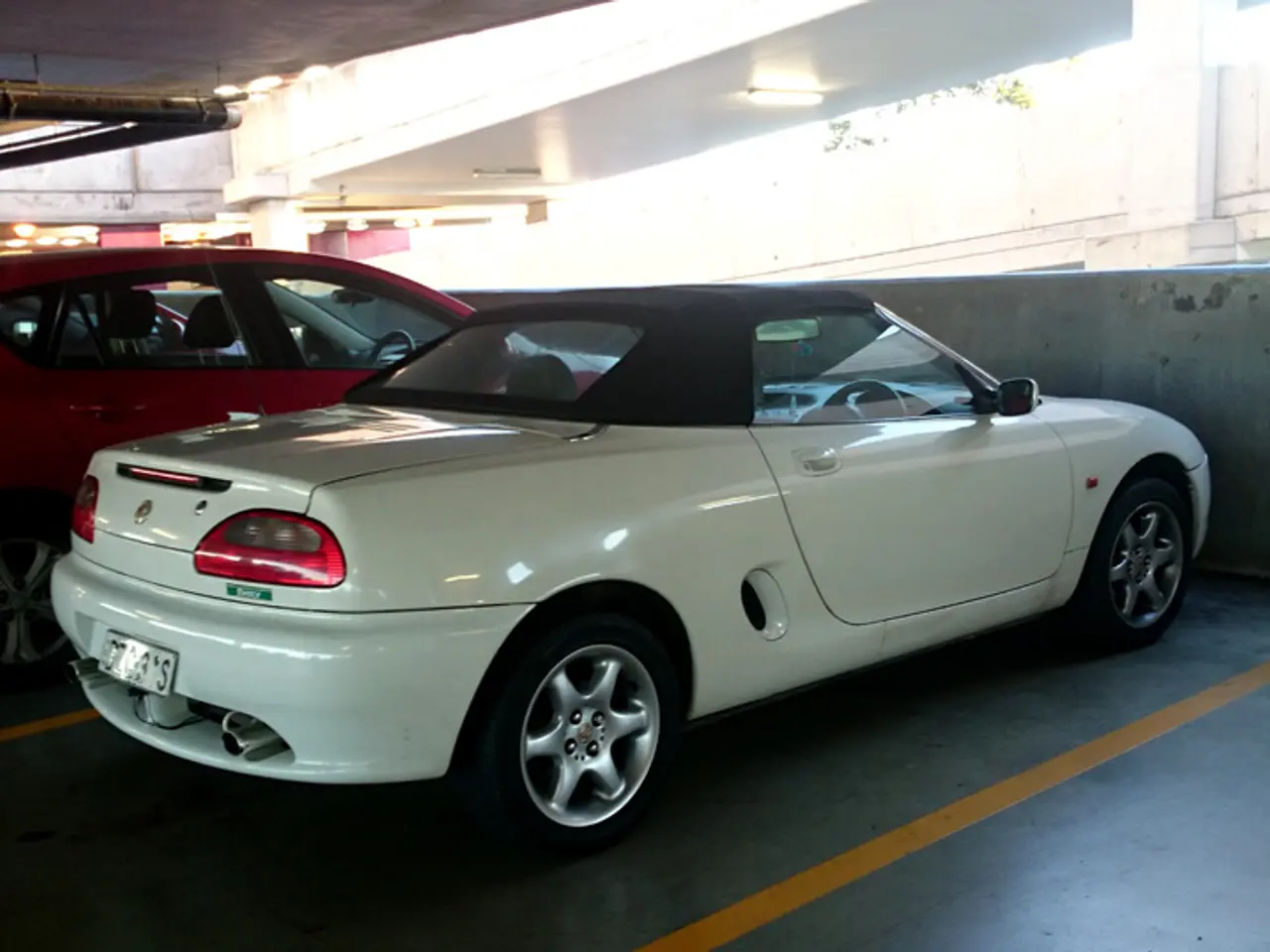Efficient Ways to Handle Mouse Urine: Important Measures and Safety Guidelines
In the unfortunate event of a mouse infestation, it's crucial to follow a careful cleaning protocol to ensure a safe and effective removal of mouse urine, droppings, and nesting materials. Here's a step-by-step guide to help you navigate through the process.
**1. Wear Protective Gear**
Protect yourself from potential health risks by donning disposable gloves, an N95 mask, a long-sleeved shirt, long pants, a hat, eye protection, and closed-toe shoes or boots. This gear will prevent direct contact with contaminants and inhalation of airborne particles during cleanup.
**2. Ventilate the Area**
Open windows and doors for at least 30 minutes before starting. This allows fresh air circulation and reduces airborne contaminants.
**3. Disinfect First**
Spray the affected areas, including urine, droppings, and nesting materials, with a disinfectant or a bleach solution. Commonly recommended bleach mixtures include 1.5 cups household bleach to 1 gallon water (approx. 1:8 ratio) or 1 part bleach to 9 or 10 parts water (approx. 1:9 or 1:10). Let the solution soak on the surfaces for at least 5 minutes to effectively kill germs and viruses.
**4. Careful Removal**
After soaking, use paper towels or disposable rags to pick up the droppings and nesting materials. Place all waste in a sealed plastic bag and dispose of it properly. Avoid sweeping or vacuuming dry droppings, as it can aerosolize harmful particles.
**5. Clean Surroundings**
Follow up by wiping down the contaminated area with disinfectant again, including floors, countertops, storage areas, and any nearby surfaces possibly affected. Wash any contaminated laundry or bedding in hot water with detergent.
**6. Hand Hygiene and Disposal**
After cleanup, carefully remove gloves and wash your hands thoroughly with soap and water.
**7. Prevent Reinfestation**
Seal entry points as mice can squeeze through openings about ¼ inch wide; use copper wool and seal gaps around doors, windows, pipes, vents, and drains to keep rodents out.
By following these steps, you can significantly reduce the risk of infection and help restore the area safely after a mouse infestation.
In summary:
| Step | Action | Details | |---------------------------|-----------------------------------------------------|-----------------------------------------------------| | Protective Gear | Gloves, N95 mask | Prevent exposure and inhalation | | Ventilate | Open windows/doors | 30 minutes before cleaning | | Disinfect First | Spray 1:9 or 1:10 bleach solution or disinfectant | Let soak 5+ minutes | | Remove Waste | Use paper towels, seal in plastic bag | Avoid dry sweeping or vacuuming | | Clean Surroundings | Wipe surfaces, wash contaminated fabrics | Use disinfectant and hot water | | Dispose & Wash Hands | Properly discard waste and wash hands | Essential for safety | | Seal Entry Points | Close holes/gaps | Use copper wool; block ¼ inch openings |
Remember to read product labels to ensure cleaners and disinfectants are safe for use on specific surfaces. After cleaning, dispose of the waste in a sealed plastic bag and wash hands with soap and water. When removing protective clothing, take off the gloves last to avoid contact between hands and the outside of the gloves. Disinfect equipment used during cleaning, such as gloves, mops, and rags.
For future infestation prevention, seal gaps or openings around the property, store food in airtight containers, eliminate clutter, and work with a professional pest control company for routine inspections and treatments. Dry thoroughly after cleaning to prevent moisture buildup. Prevent re-infestation by sealing any entry points identified during the cleaning process.
The CDC recommends using a bleach solution (1 part bleach, 10 parts water) for cleaning hard surfaces contaminated with mouse urine. Identify affected areas by looking for signs of mouse activity, such as droppings, grease smudges, footprints, or tail prints. Neutralize odors by sprinkling baking soda over damp surfaces or using enzymatic cleaners.
- To minimize the risk of health complications, ensure you wear protective gear, such as disposable gloves, an N95 mask, a long-sleeved shirt, long pants, a hat, eye protection, and closed-toe shoes or boots.
- To reduce airborne contaminants, ventilate the area by opening windows and doors for at least 30 minutes before starting the cleaning process.
- For effective removal of germs and viruses, disinfect the affected areas by applying a disinfectant solution or a bleach solution (1:9 or 1:10 ratio), and allow it to soak for at least 5 minutes.
- Carefully remove mouse droppings and nesting materials using paper towels or disposable rags and seal them in a plastic bag for proper disposal. Avoid sweeping or vacuuming dry droppings to prevent the aerosolization of harmful particles.
- Wipe down the contaminated area again with disinfectant, including floors, countertops, storage areas, and any nearby surfaces possible affected, and wash any contaminated laundry or bedding in hot water with detergent.
- After cleanup, wash your hands thoroughly with soap and water, and remove gloves carefully to avoid contact between hands and the outside of the gloves.
- Prevent re-infestation by sealing entry points, as mice can squeeze through openings about ¼ inch wide, using copper wool and seal gaps around doors, windows, pipes, vents, and drains.
Maintaining good health and wellness includes following proper cleaning protocols when dealing with pests like mice. For more health-and-wellness tips and articles on diseases, mental health, skin care, nutrition, fitness-and-exercise, lifestyle, and even home-and-garden management, consult relevant literature and trusted resources from the science community.




